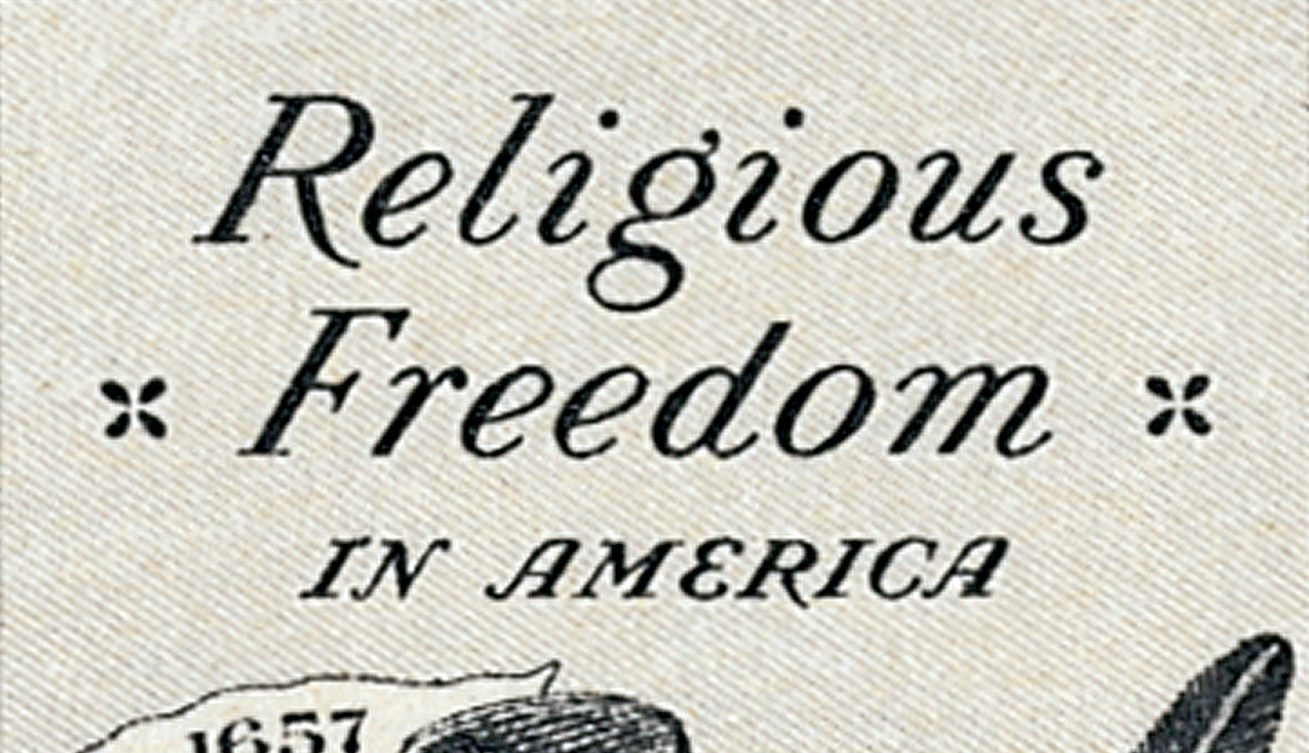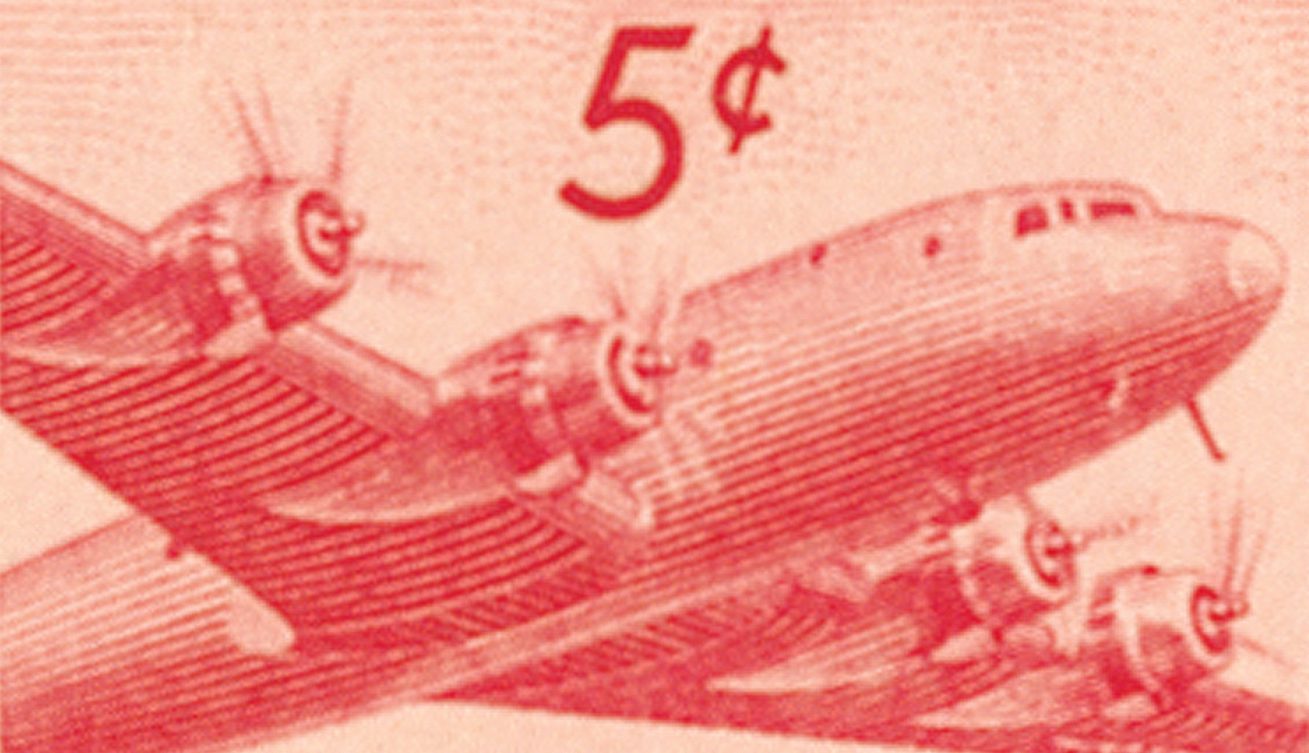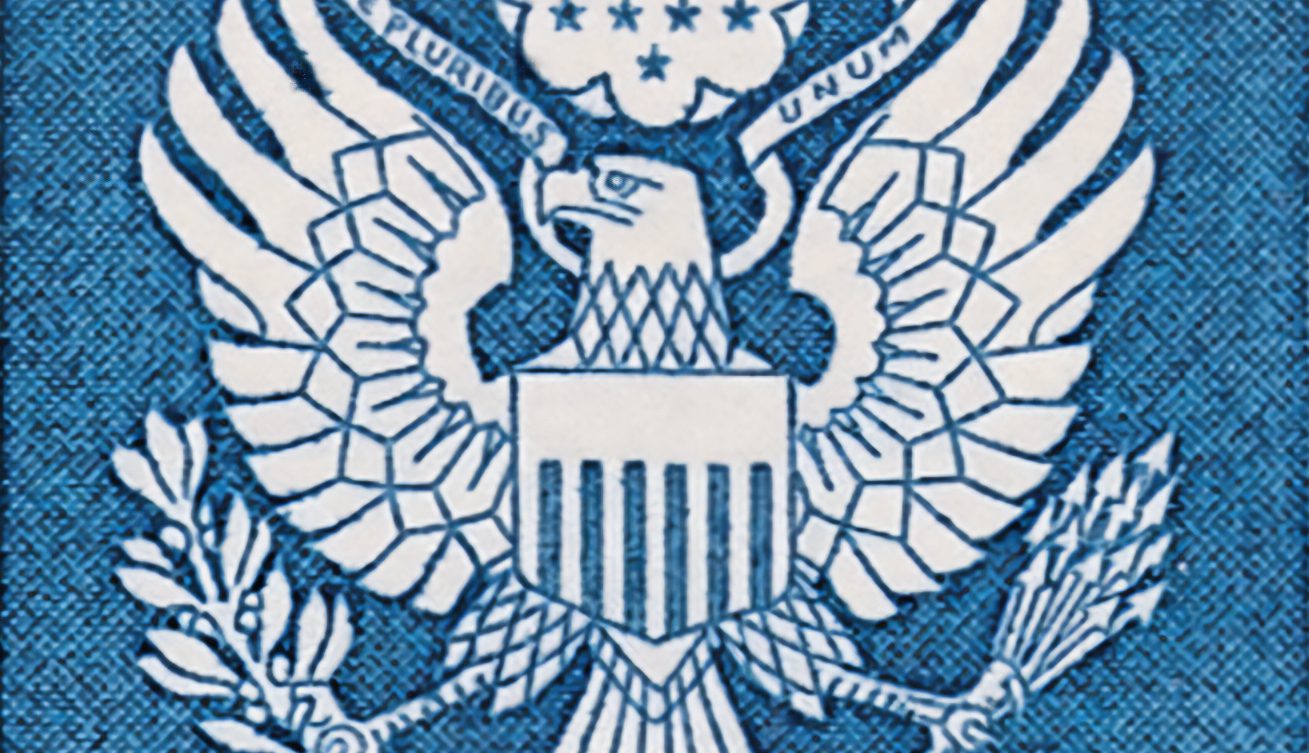American Credo Series
On January 20, 1960, the US Post Office Department issued the first stamp in the American Credo Series. The stamps feature quotes from notable Americans, honoring “the ideals upon which America was founded.”

On January 20, 1960, the US Post Office Department issued the first stamp in the American Credo Series. The stamps feature quotes from notable Americans, honoring “the ideals upon which America was founded.”

On January 19, 1840, US Naval captain Charles Wilkes became the first American to explore the coast of Antarctica. His two year expedition circumnavigated the globe and is credited with playing a significant role in the development of 19th-century science.

Actor Archibald Alexander Leach (aka Cary Grant) was born on January 18, 1904, in Horfield, Bristol, United Kingdom. He was a versatile actor known for his comedies, dramas, and acclaimed films with Alfred Hitchcock.

Benjamin Franklin was born on January 17, 1706, in Boston, Massachusetts Bay Colony. “The first citizen of Philadelphia,” Franklin was a printer, inventor, postmaster, and the only person to sign all four of the key documents in US history.

On January 16, 1786, Virginia enacted Thomas Jefferson’s Statute for Religious Freedom. It was one of the most important laws ever passed by the Virginia Assembly, provided inspiration for the Bill of Rights, and was one of the achievements of which Jefferson was most proud.

The first US Airmail coil stamp was issued on January 15, 1948, in Washington, DC. Only a few more coil stamps would be issued over the next 30 years, but the DC-4 SkyMaster would appear on more than a dozen postal items.

On January 14, 1784, the Confederation Congress ratified the Treaty of Paris, officially ending the American Revolutionary War. New boundaries were set and Great Britain acknowledged the United States as an independent nation.

After a life of wandering the frontier as a lawman, businessman, and gambler, Wyatt Earp died on January 13, 1929. Many of his exploits were embellished for books and early films, though he was present at the famed shootout at the OK Corral.

On January 12, 1983, Official Mail stamps were issued for the first time in 72 years. They were created to increase government postage accountability and remained in use until 2009.